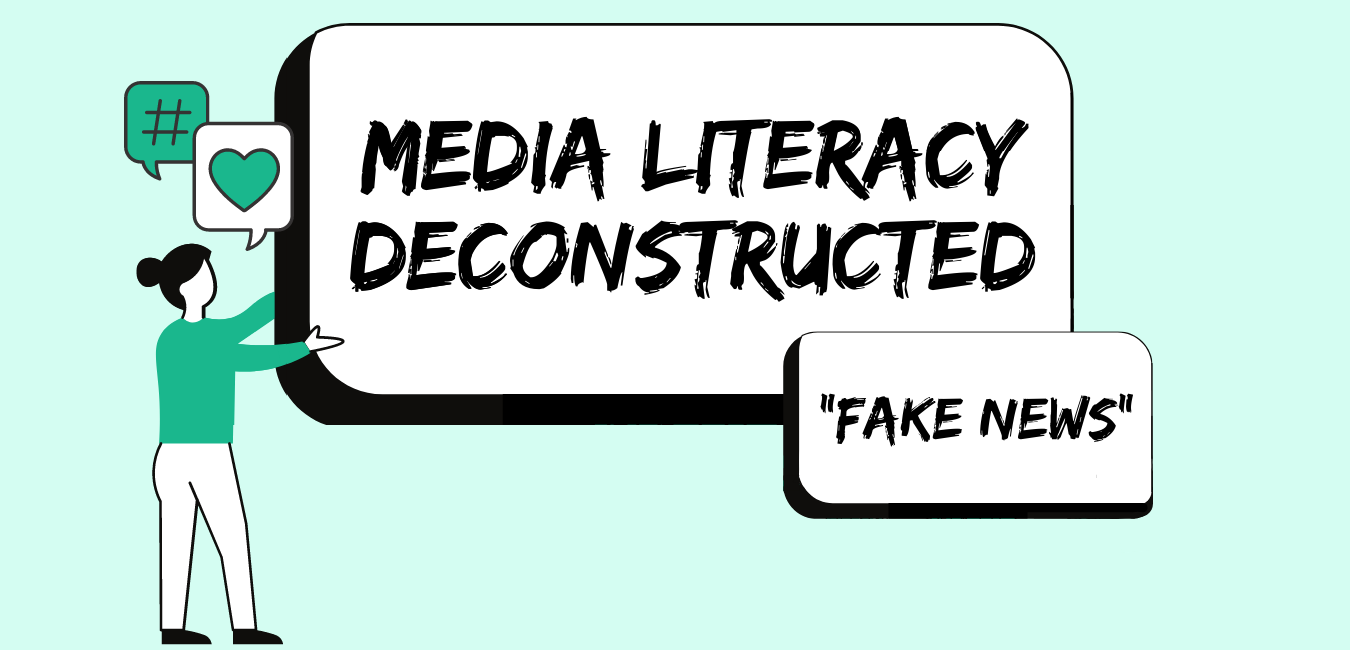“Fake news” is a term that has different meanings to different people. One common definition of fake news that we will use is, stories that are false; a fabricated story with facts, quotes, and sources that you cannot verify. We see so many different media messages every day so it is important that we are able to discern what is true from what is false. There are some quick and easy ways to verify that what you are reading is accurate, so you are able to consume and share information safely.
URL: Before clicking on any links in an article or email, be sure to check that the URL matches with the text. For example, if you are clicking on a link that says it will take you to the CDC website, hover your mouse over the link before you click and make sure the address that pops up is actually for the CDC website. A link that does not match its description is a major red flag, and clicking on it is the easiest way in for malware.
Author: Do some research about the author. Make sure that you look into who the author is and see what they are qualified to be writing about. Are they knowledgeable about the subject of the article? Do they have the authority to speak on the issue? If they are normally someone who blogs about crafting, they might not be most informed to write about politics. Figure out what sources they used and what research they did before writing an article that seems to be outside of their expertise.
Date: The date an article was published is important to consider. An article that was written five years ago, and sometimes even five days ago, might not be completely accurate today. Information changes over time and breaking news issues are bound to change as more information comes to light. While these outdated articles are not necessarily “fake news” they do have inaccurate information, so it is important to be sure that you have the timeliest news before you share.
Quotes: Searching for quotes from an article to see if they show up in other publications is a good way to check if the quote is real or was made up for the article. This could be hard with local news or news that would not be shared to multiple different news outlets, but it can be a good starting point for big stories.
Source: Do you think that the website or news organization is reputable? If the article comes from a well-known news site and is not known to be satirical or political, it can generally be trusted. Articles labeled opinion or Op-Ed, are not 100% factual and include the author’s opinion. There is nothing wrong with reading or sharing opinions, as long as the article is clearly labeled as opinion and not trying to pass itself off as facts.
Use your instincts! If something seems unusual or incorrect, there is probably a good reason. Snopes.com, PolitiFact.com, and FactCheck.org are all good places to start when trying to verify a story. Do your research and find the truth!

